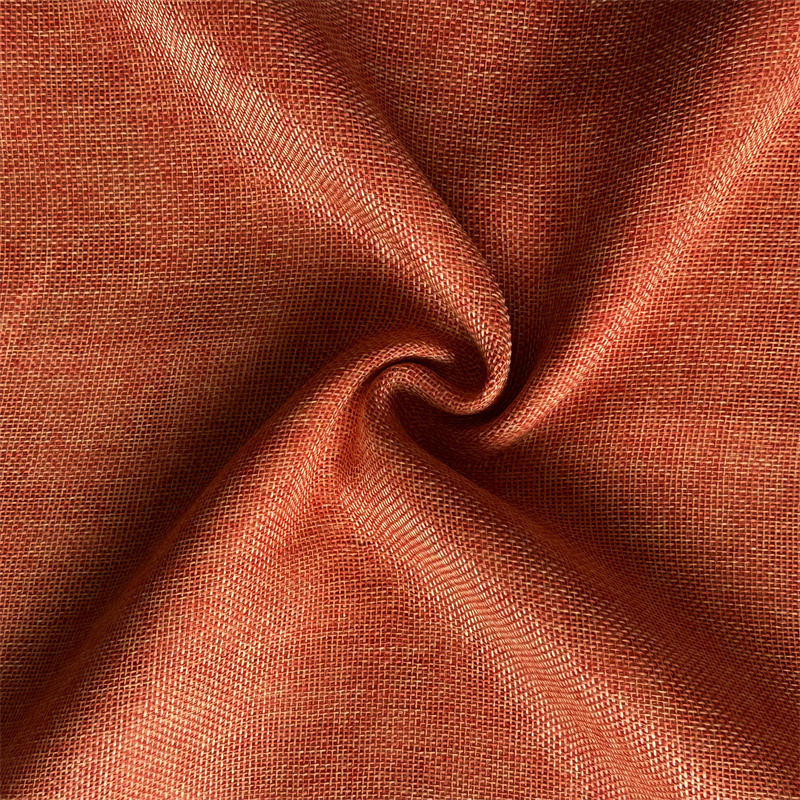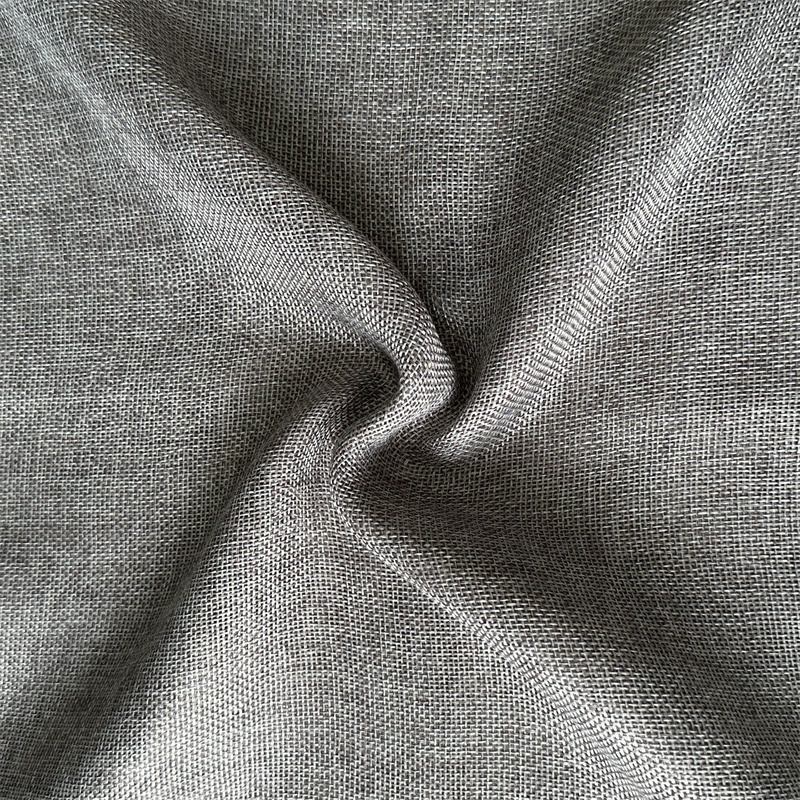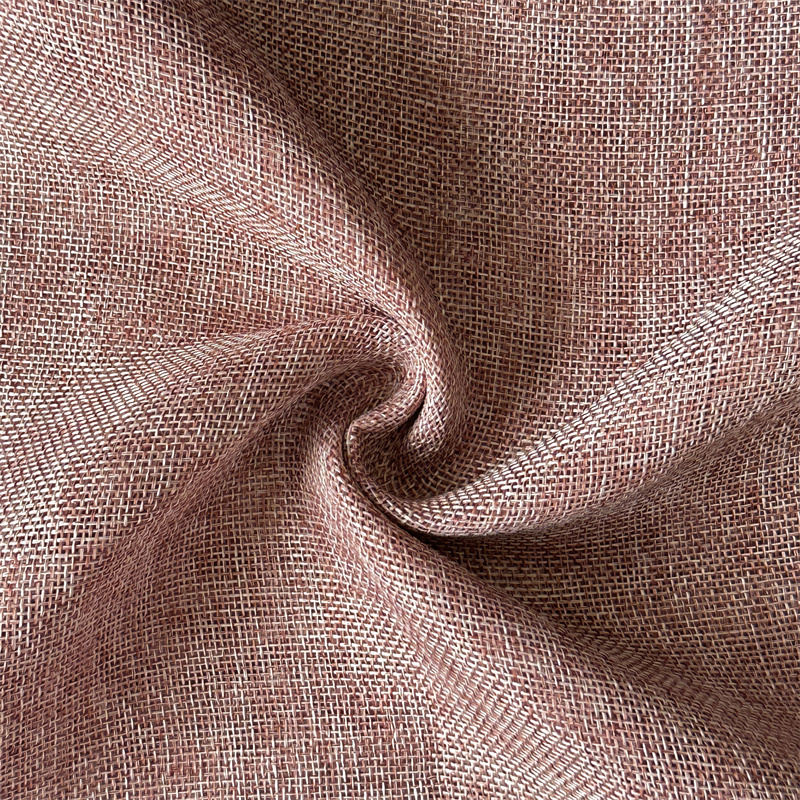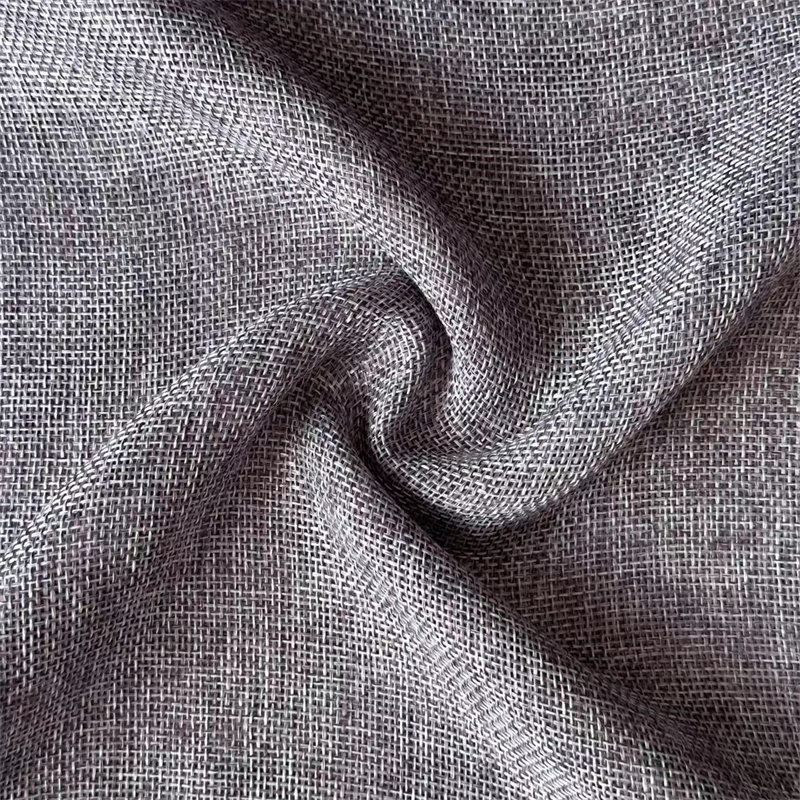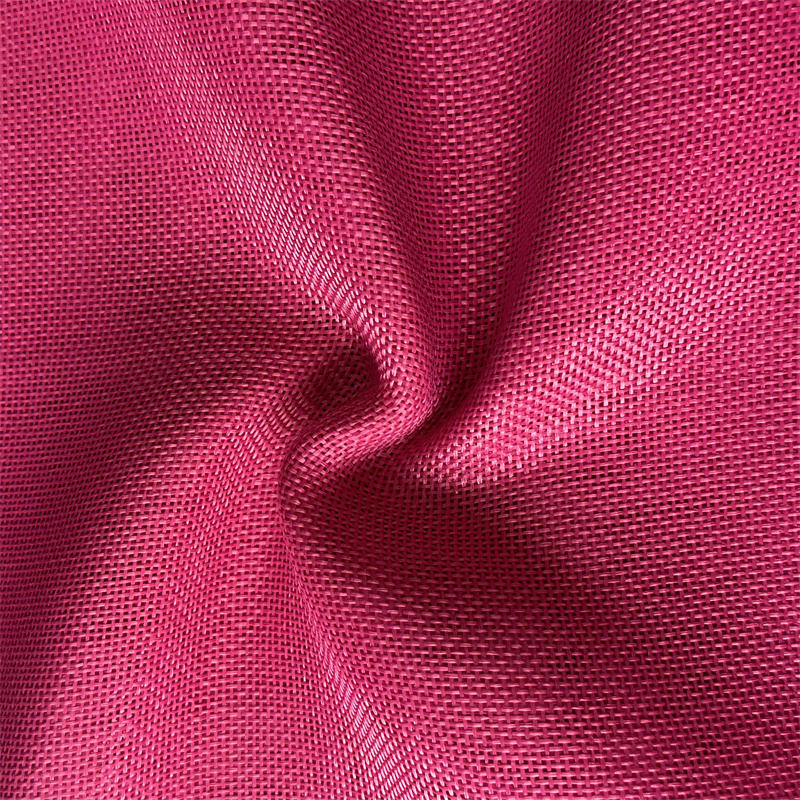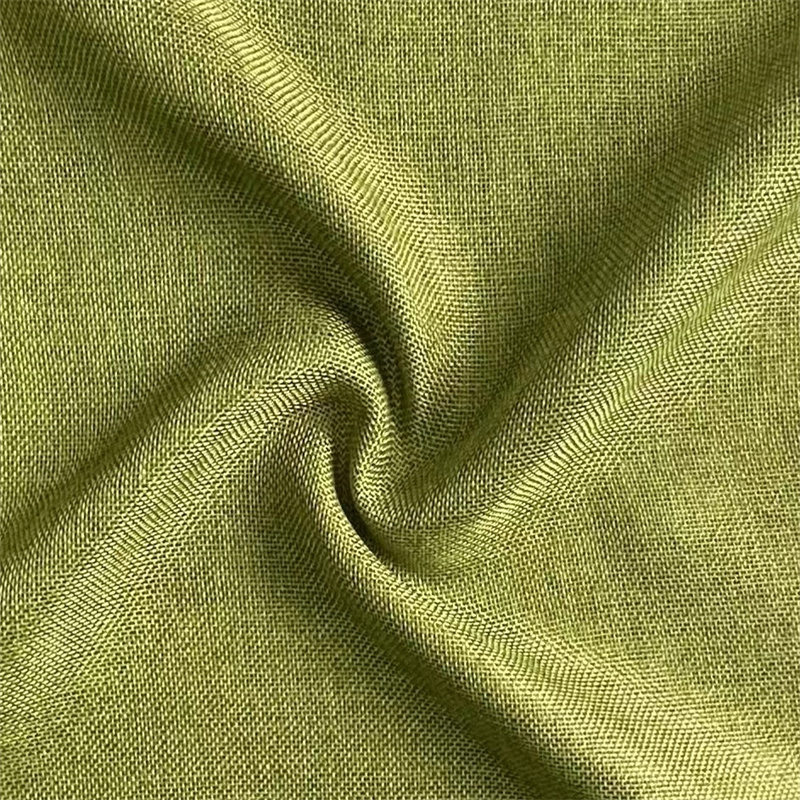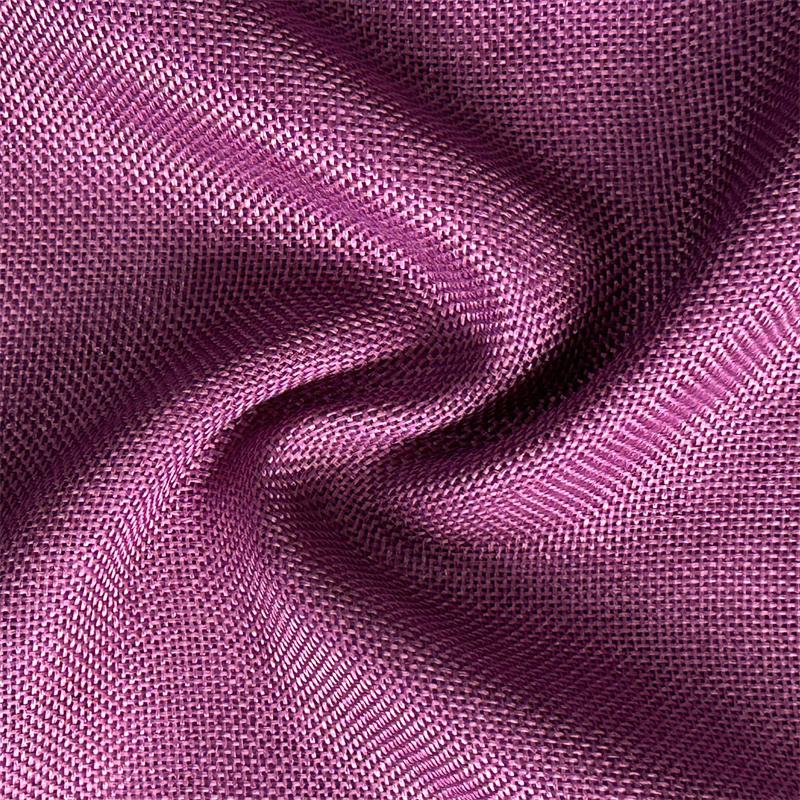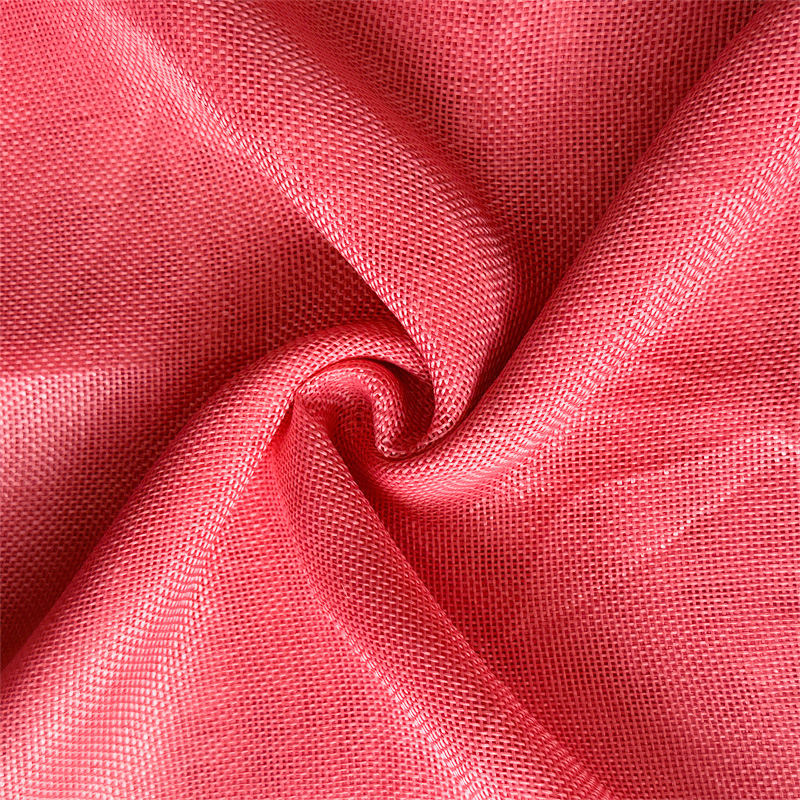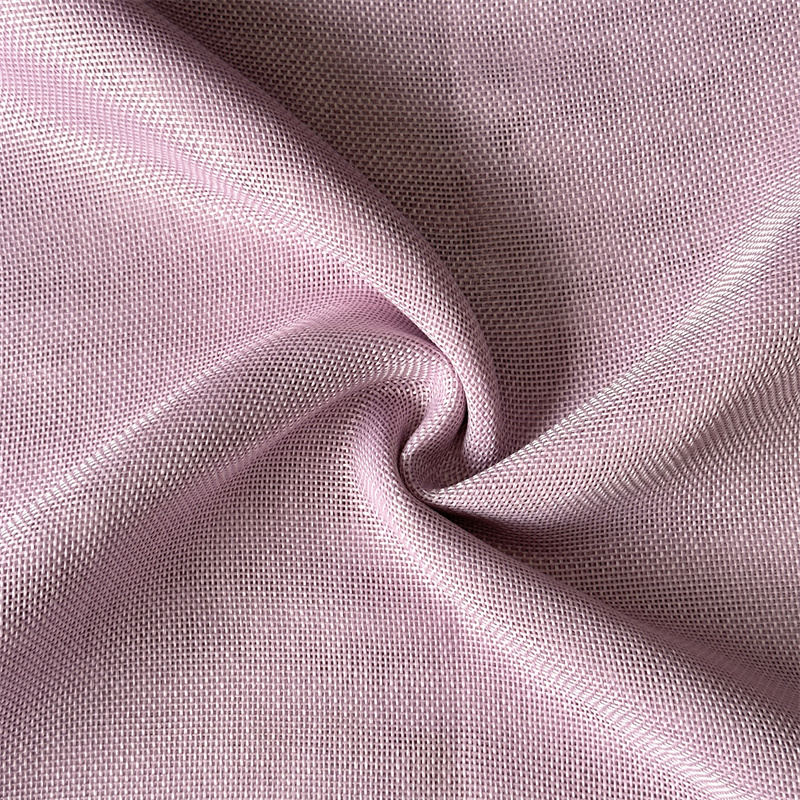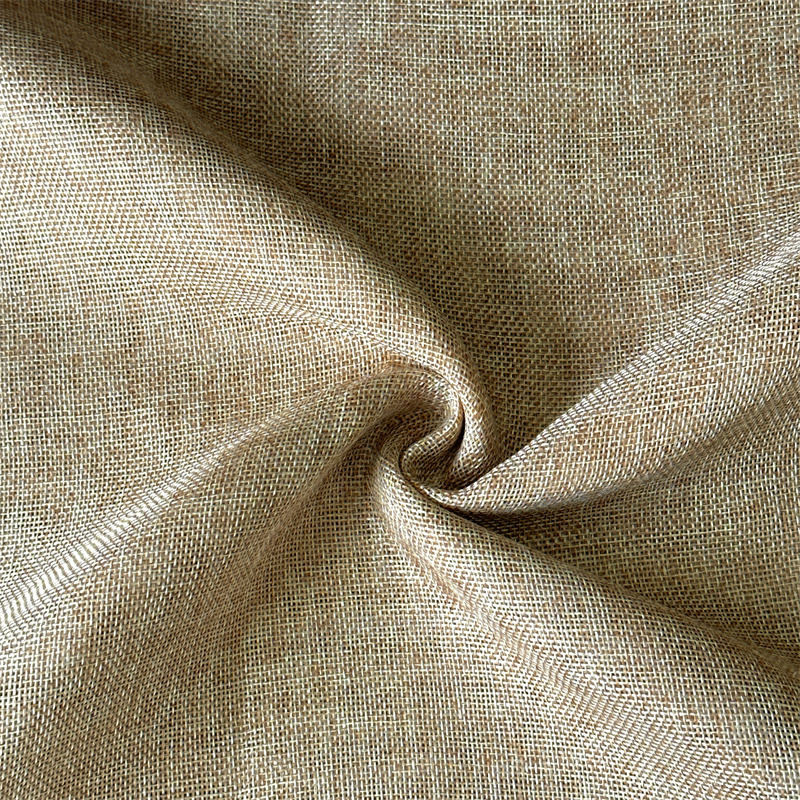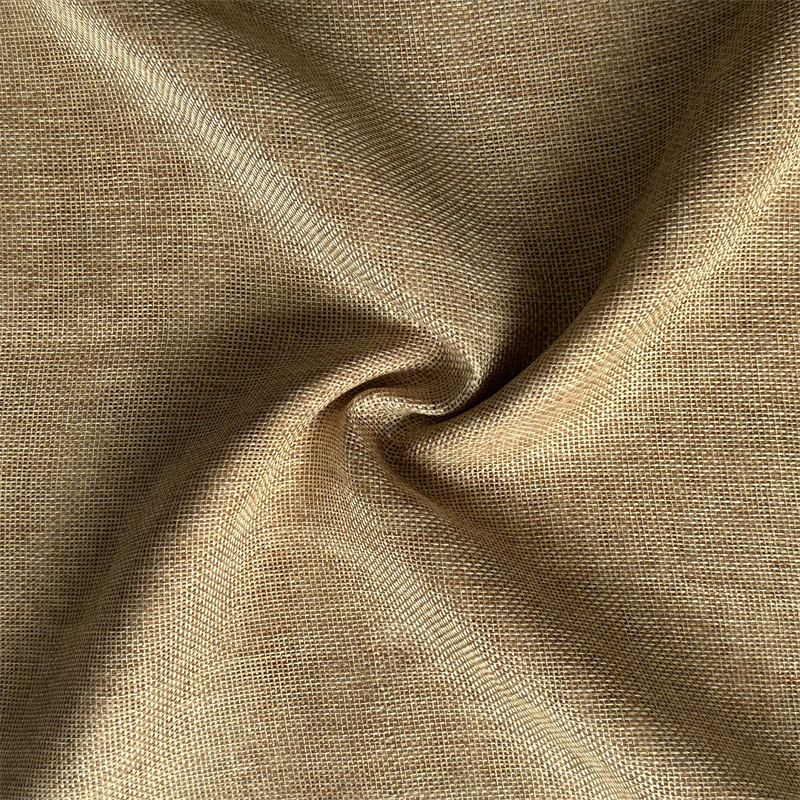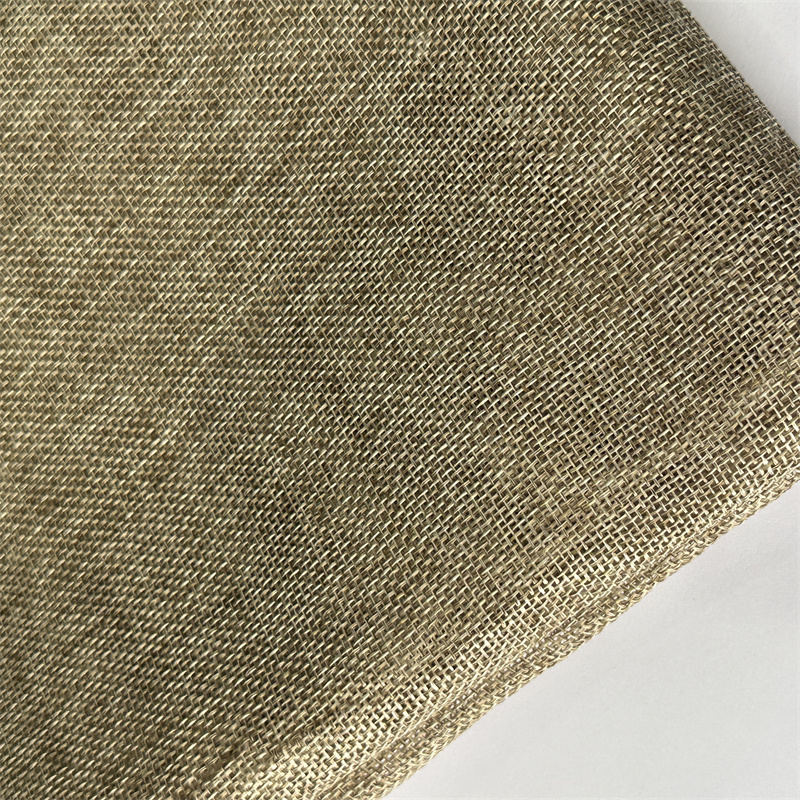In the world of textiles, few fabrics combine softness, durability, and visual appeal like chenille fabric. Known for its luxurious texture and versatility, chenille has been a favorite among designers, upholsterers, and fashion creators for decades. But what makes this fabric stand out, and why has it maintained its popularity across generations?
What Is Chenille Fabric?
Chenille fabric is a type of textile characterized by a fuzzy, caterpillar-like surface. The name “chenille” comes from the French word for “caterpillar,” a nod to its unique texture. The fabric is created using a special weaving or knitting process in which short lengths of yarn, called pile, are wrapped around core threads.
The result is a soft, velvety surface with a distinct shimmer and a luxurious hand feel. Chenille can be made from various fibers, including cotton, polyester, acrylic, rayon, and blends, making it highly versatile for different applications.
How Is Chenille Fabric Made?
The production process of chenille fabric is what sets it apart from other textiles:
Yarn Preparation – Short fibers are spun into a soft, fuzzy yarn called chenille yarn.
Weaving or Knitting – Chenille yarn is woven or knitted into a base fabric.
Cutting and Finishing – Pile loops are cut or brushed to create the signature fuzzy surface.
Dyeing and Treatments – Fabric is dyed, treated for colorfastness, and sometimes softened further.
This meticulous process results in a fabric that is plush, textured, and visually appealing, suitable for both functional and decorative purposes.
Why Is Chenille Fabric Loved for Its Softness?
One of the most celebrated attributes of chenille fabric is its soft, luxurious texture. The pile yarns create a tactile experience that is warm, cozy, and inviting. Unlike flat-woven fabrics, chenille has a depth that adds comfort and appeal, making it ideal for:
Home textiles like upholstery, cushions, and throws.
Apparel such as sweaters, scarves, and robes.
Accessories including bags and decorative trims.
The combination of softness and durability makes chenille a fabric that feels good and lasts long, even with regular use.
What Makes Chenille Fabric Durable?
Despite its plush appearance, chenille fabric is surprisingly strong and long-lasting when produced correctly:
Core Thread Strength – The central threads around which the pile is wrapped provide stability.
Pile Distribution – Evenly spaced pile reduces the likelihood of shedding or uneven wear.
Blended Fibers – Combining fibers like cotton and polyester enhances resilience.
Weaving Techniques – Tight weaving ensures the yarns remain intact under stress.
These factors allow chenille fabric to retain its texture and appearance over time, making it a practical choice for both furniture and fashion.
How Does Chenille Fabric Add Elegance to Home Décor?
Chenille is not just about comfort—it also contributes significantly to interior aesthetics:
Lush Appearance – The velvety surface catches light, creating a rich visual texture.
Versatility in Design – Available in a wide range of colors, patterns, and pile heights.
Complementary Material – Pairs well with other textiles like silk, linen, and cotton.
Luxurious Feel – Adds a sense of opulence to sofas, chairs, and bedding.
Interior designers often choose chenille to elevate the elegance of living spaces without compromising on comfort.
How Is Chenille Fabric Used in Fashion?
Chenille’s soft texture and flexibility make it ideal for apparel:
Knitwear – Sweaters, cardigans, and jackets benefit from chenille’s warmth and tactile appeal.
Accessories – Scarves, hats, and gloves leverage its plush feel.
Evening Wear – Light, luxurious chenille blends can be used for formal attire.
The fabric drapes beautifully, retains warmth, and adds a distinctive texture to garments, making it a favorite for designers seeking both style and comfort.
What Are the Different Types of Chenille Fabric?
Chenille fabric comes in various forms to suit different applications:
Cotton Chenille – Soft, breathable, ideal for upholstery and bedding.
Polyester Chenille – Durable, colorfast, and low-maintenance.
Acrylic Chenille – Lightweight, warm, and often used in knitwear.
Blended Chenille – Combines fibers for optimal texture, durability, and sheen.
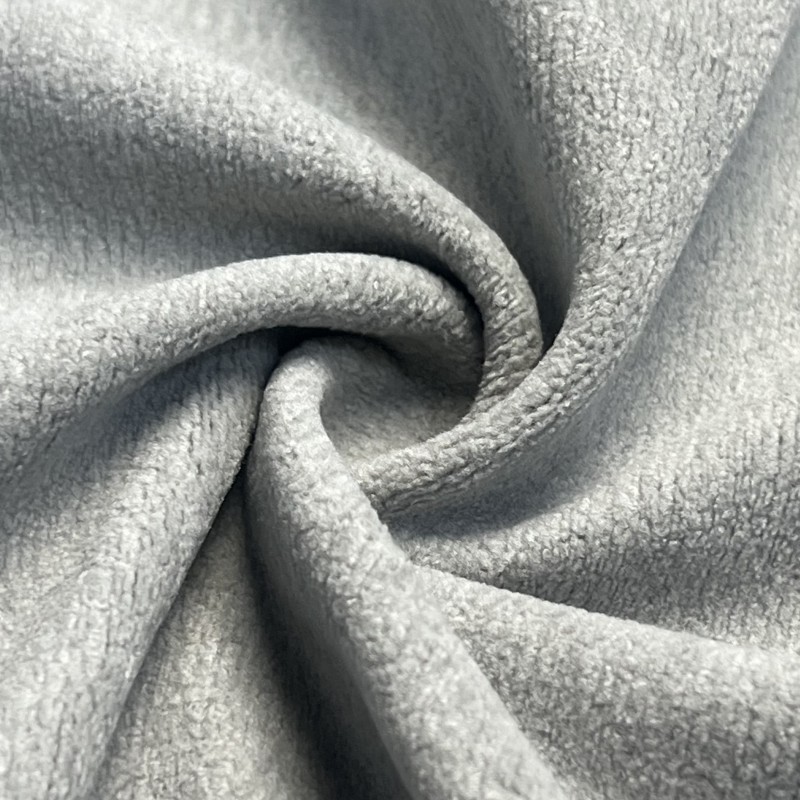
Each type offers unique advantages, allowing manufacturers and designers to select the ideal variant for their specific needs.
How Does Chenille Fabric Compare with Velvet and Other Textiles?
Chenille is often compared with other plush fabrics like velvet or velour:
Chenille – Fuzzy texture, soft hand, slightly raised pile.
Velvet – Smooth, dense pile, often shinier, more formal appearance.
Velour – Stretchy, plush fabric, often used in casual wear.
While all provide luxury and comfort, chenille stands out for its distinct texture, warmth, and versatility across both fashion and home décor.
How Is Chenille Fabric Maintained and Cleaned?
Proper care is crucial to maintain the softness and appearance of chenille:
Vacuuming – Regularly vacuum to remove dust from furniture upholstery.
Spot Cleaning – Use mild detergent and water for stains.
Dry Cleaning – For delicate or blended chenille garments.
Avoid Excessive Friction – Reduces pile flattening and wear.
Avoid High Heat – Prevents shrinkage and distortion of fibers.
With simple maintenance, chenille fabric can retain its plushness and elegance for many years.
What Are the Advantages of Using Chenille Fabric?
Chenille fabric offers multiple benefits that make it popular across industries:
Softness and Comfort – Ideal for furniture, bedding, and garments.
Durability – Strong core threads and blended fibers provide long-lasting use.
Aesthetic Appeal – Adds texture, sheen, and visual richness.
Versatility – Suitable for upholstery, fashion, home décor, and accessories.
Warmth – Excellent insulation properties for cold-weather textiles.
Color Retention – Modern dyes ensure bright, lasting colors.
These advantages explain why chenille remains a timeless choice for designers and consumers alike.
How Is Chenille Fabric Evolving in Modern Design?
Modern textile innovations continue to enhance chenille:
Eco-Friendly Fibers – Sustainable cotton and recycled polyester variants.
Advanced Weaving Techniques – Reducing shedding and improving durability.
Digital Printing on Chenille – Allows for intricate patterns and designs.
Blended Performance Fabrics – Combining chenille with stretch or moisture-wicking fibers.
Luxury Home Textiles – High-end chenille used in designer furniture and bedding.
These advancements make chenille adaptable to contemporary lifestyle and design trends.
Conclusion
So, why is chenille fabric so popular in modern textiles and home décor? Because it combines luxurious softness, durability, and visual appeal in a way few fabrics can match. Whether used for upholstery, bedding, fashion, or accessories, chenille provides comfort, elegance, and versatility.
From its unique production process to its wide variety of fiber options, chenille fabric continues to be a timeless choice for designers, homeowners, and fashion enthusiasts alike. Its enduring appeal lies not only in its tactile and visual qualities but also in its ability to adapt to evolving design trends and lifestyle needs.


 中文简体
中文简体 Español
Español